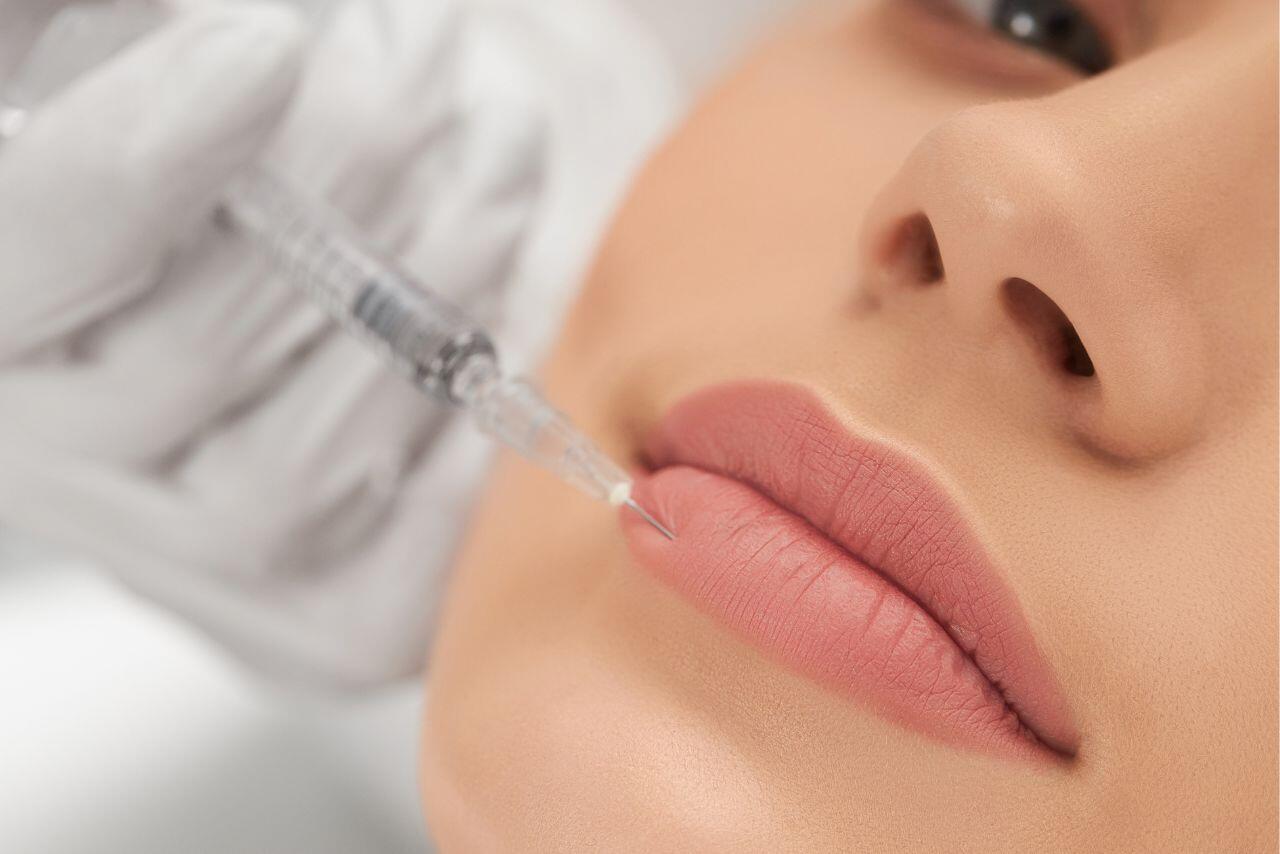
How do hyaluronic acid-based fillers work?
Understanding the injectable dermal fillers that hyaluronidase works to dissolve is crucial to understanding how the enzyme functions. The group of injectable dermal fillers known as hyaluronic acid-based fillers includes Belotero, and the Restylane and Juvederm collections, among others.
Dermal filler injections are a popular and effective way to temporarily smooth out facial wrinkles and fine lines, add volume to areas of the face that have lost volume over time and become hollow, and improve the contours of the cheeks or lips without undergoing invasive surgery or having a lengthy recovery period.
Dermal filler injections usually produce modest, natural-looking results when carried out by a skilled, experienced injector, and the majority of patients are thrilled with the outcomes. But no cosmetic procedure is risk-free, and even the most skilled injectors cannot guarantee fantastic outcomes for every patient.
Dermal fillers gone wrong
Dermal fillers have gained popularity throughout time as a result of their ability to fill in hollows and depressions in the face and enhance the overall shape of the face. Cosmetic professionals are always learning new techniques and developing their capacity to add volume to the face.
Despite the rarity of major side effects, some procedures do carry a higher risk of problems or unsatisfactory outcomes.
For a variety of reasons, a patient may want or need to have face filler removed. For instance, some patients make the error of choosing a novice or unqualified practitioner for their treatment, and they end up paying for it when the practitioner injects too much filler, places the filler in the incorrect location, or improperly manipulates the filler to produce symmetrical results.
How does hyaluronidase work?
Hyaluronic acid, a sugar found in connective and skin tissues, is broken down by the enzyme hyaluronidase. As a result, the sugar becomes less viscous and the tissue becomes more permeable. Hyaluronidase enzymes, which are marketed under the trade names including Liporase are very good in removing hyaluronic acid-based fillers. You won’t have to put up with an unattractive appearance for months on end because of incorrect hyaluronic acid filler treatments.
Hyaluronidase can be delivered immediately after an injection of a hyaluronic acid-based filler product, if necessary, provided the injection site has stabilized. Therefore, there is no set period of time after dermal filler treatment that must pass.
How much does hyaluronidase cost?
The cost of hyaluronidase depends on how many rounds of injections the patient requires and varies from practitioner to practitioner depending on the injector’s experience, geographic region, and other considerations.
Having said that, the price of one injection round may range from $200 to $300, depending on the quantity required. It should be noted that more than one round and possibly substantial doses of hyaluronidase may be required to completely dissolve the filler.
Are there any side effects from hyaluronidase?
Hyaluronidase is the most efficient method for removing hyaluronic acid filler due to its ease of use, but there are some possible adverse side effects. Patients should be informed that it carries a risk of triggering an allergic reaction due to the animal products it contains, and that it may result in the removal of more filler than planned.
Are there any alternatives to remove hyaluronic acid fillers?
Other approaches exist. Hyaluronic acid fillers can be partially aspirated with a bigger bore needle soon after being administered. But obviously, this is a less desirable alternative than a straightforward hyaluronidase injection. It’s crucial to remember that hyaluronidase can only be applied to fillers made of hyaluronic acid. Other fillers including Radiesse and Sculptra will not be affected. Other methods are used to get rid of these fillers.
How long will it take for hyaluronidase to dissolve fillers?
Hyaluronic acid-based fillers area popular option in part because hyaluronidase (such as Liporase) is readily available. In fact, the ability to dissolve hyaluronic acid-based fillers in the event of a problem makes them a very alluring alternative and distinguishes them from other kinds of fillers.
Depending on how much hyaluronidase is injected and who the injector is, results of a dermal filler removal procedure should be visible within the first 24 hours. Results can occasionally be seen within the first hour. You should speak with a trained medical professional who administers hyaluronidase injections in order to better understand the possible results of your treatment.
Do I need to have the filler removed?
It’s crucial to understand that dermal filler injections are a short-term solution. Waiting a little bit before deciding you need hyaluronidase may be ideal if your dermal filler treatment doesn’t go as intended. The dermal filler will eventually be metabolized, at which point you might even want to get more injections.
However, you should contact your doctor right away if you have significant swelling, a lot of discomfort, or the treatment area feels hot as these are indications that you have an infection that has to be treated right away. The greatest strategy to prevent a poor outcome from dermal filler injections is, in the end, prevention. You won’t need to worry about having the filler removed if your doctor does it right the first time.
Keeping this in mind, choose an aesthetic physician who can assess your circumstances to determine which filler or other treatment choice is ideal. The physician you select should have a history of success with injectable fillers.
